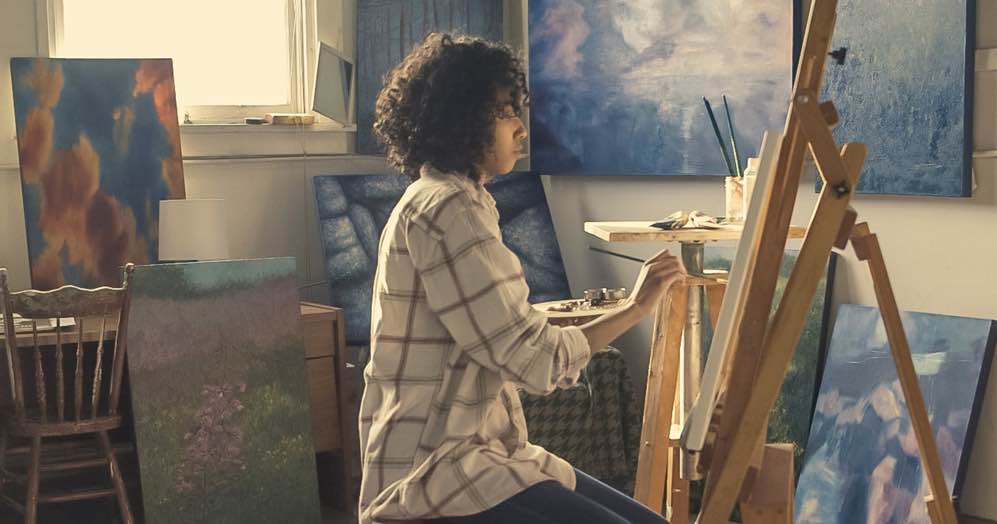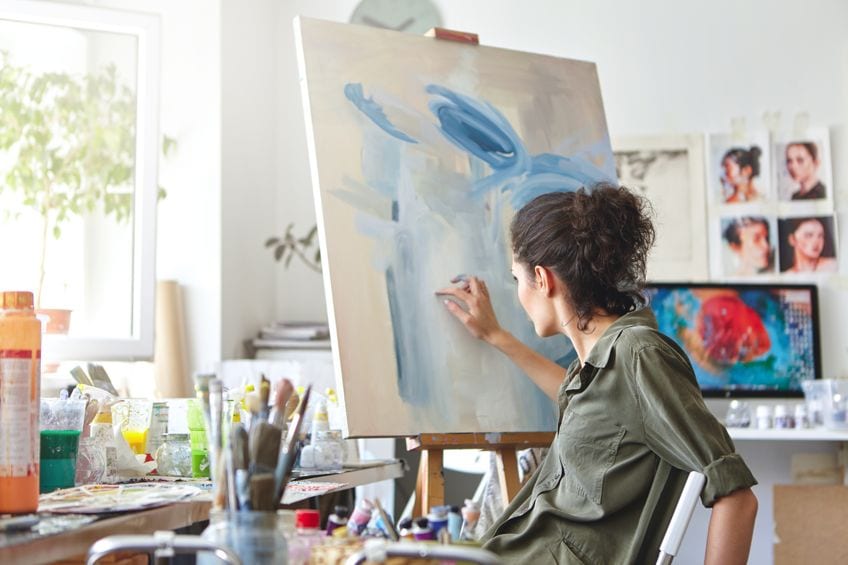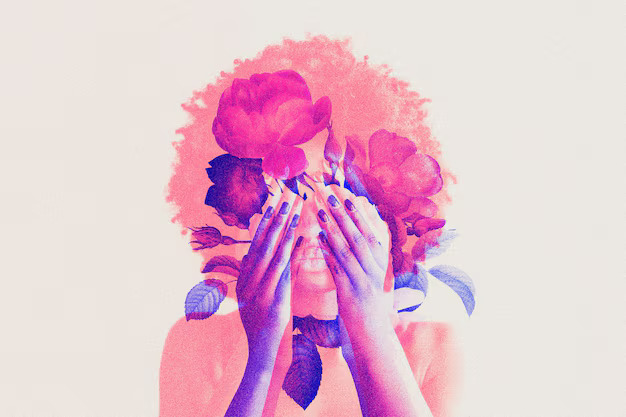Feeling uninspired in your artistic journey can be incredibly frustrating. Trust me, I’ve been there.
It’s like hitting a creative roadblock that you just can’t seem to overcome. But fear not, because there are effective strategies that can help reignite your artistic spark.
In this article, I’ll guide you through what to do when you’re struggling to find inspiration, offer useful tips to motivate you, and provide how to find art inspiration.
By the time you finish reading, you’ll have a toolkit full of fun and helpful strategies to reignite your passion for making art.
So let’s dive in and get those creative juices flowing again!
What is Art Inspiration?

Art inspiration is like a spark that ignites creativity in artists. It’s that magical feeling or idea that makes them want to pick up their brush, pencil, or whatever tool they use to create. It’s what gives birth to fresh and unique artworks.
Think of it as the fuel that drives artists to turn their thoughts and emotions into something beautiful and meaningful for others to experience.
Without inspiration, art might feel lifeless and dull, like a canvas waiting for color. But when inspiration strikes, it’s like a burst of color painting the world with imagination and beauty.
What are the Most Common Methods for Professional Artists to Get Ideas?

Professional artists have various ways to get inspired:
- Art Museums and Galleries: Visiting these places provides a serene environment to appreciate diverse artworks, spanning different cultures and periods, sparking fresh ideas.
- Art Books: Exploring art books at libraries or museums offers a tangible experience, allowing artists to immerse themselves in curated collections that might ignite creativity.
- Observational Sketching: Drawing people in everyday settings helps artists understand human form and emotions, capturing the essence rather than aiming for perfection.
- Exploring Different Cultures and Time Periods: Viewing art from various cultures and historical periods provides unique perspectives, stimulating creativity by introducing different artistic styles and techniques.
- Venturing Outside the Studio: Artists find inspiration by stepping out of their studios, whether it’s enjoying a coffee at a café, taking a walk in the park, or simply observing the world around them.
- Critique: Engaging in constructive criticism, both giving and receiving, offers fresh insights and perspectives, encouraging artists to explore new directions and techniques.
- Reflecting on Past Work: Reviewing old artwork helps artists see their progress and may unearth unfinished ideas that can be reimagined or developed further.
- Community Engagement: Interacting with fellow artists and even non-artists in the community fosters dialogue and exchange of ideas, potentially leading to collaborations or mentorship opportunities that inspire creativity.
What to do When you are Stuck for Artistic Inspiration?

When you feel stuck for artistic inspiration, remember that it’s normal and happens to everyone. Here are some things you can try to get those creative juices flowing:
- Explore your own life: Pay attention to what excites and interests you in your daily life. Go to places or do activities that energize you and make you feel motivated.
- Keep a journal: Writing down your thoughts and experiences can help you track your progress and find inspiration. You can also look back on past entries for ideas.
- Create a vision board: Collect images that represent your goals or things that inspire you. Organize them by theme to see connections and spark ideas.
- Take breaks for reflection: Sometimes stepping away from your work and giving yourself time to relax is the best way to find inspiration. Listen to music, take a walk, or simply let your mind wander.
- Connect with nature: Nature is a common source of inspiration. Take a walk in the park or spend time outdoors. Even your backyard can offer inspiration. Just being in nature and appreciating its beauty can boost your creativity.
How to Find Art Inspiration?

Finding inspiration for art can sometimes feel elusive, but there are practical steps you can take to spark your creativity:
- Make Art Regularly: Get into the habit of creating art every day. Consistency helps maintain a creative mindset and reduces procrastination.
- Use Drawing Prompts: Instead of spending time searching for inspiration, download lists of drawing prompts or create your own. This saves time and gives you a starting point.
- Join Art Communities: Connect with like-minded artists online or locally. Share your work, seek advice, and get inspired by others’ creations.
- Embrace Mistakes: Don’t fear making mistakes. Failure is a natural part of learning and improving as an artist. Experiment with new techniques and materials.
- Draw Inspiration from Media: Engage with movies, books, music, and games that resonate with you. Incorporate elements that evoke emotion or visual interest into your art.
- Organize Your Workspace: A tidy workspace can help reduce distractions and encourage creativity. Keep your favorite art supplies within reach.
- Create an Inspiration Board: Use platforms like Pinterest to curate a collection of images that inspire you. Update your board regularly to keep the inspiration fresh.
- Revisit Old Artwork: Look back at your past creations and consider ways to improve or reimagine them. Revisiting old ideas can lead to new artistic directions.
- Study Favorite Artists: Analyze the work of artists you admire. Identify what you love about their style and consider incorporating similar techniques into your own art.
By incorporating these strategies into your artistic routine, you can overcome creative blocks and find inspiration more easily.
Tips for Finding Your Creative Groove

Finding inspiration as an artist can sometimes feel like trying to catch a slippery fish. But fear not!
Here are some simple tips to help you reel it in:
- Stick to a Schedule: Instead of waiting for inspiration to knock on your door, go out and find it. Set aside regular time each week for your art, treating it like a job. And if you struggle to start, keep a stash of images that spark your interest, ready to go whenever you need a boost.
- Keep Your Space Ready: Make it easy to dive into your art by keeping your studio or workspace organized and accessible. The less effort it takes to start, the more likely you are to follow through. Don’t have much space? No worries—there are ways to create a functional studio no matter the size.
- Look Back to Move Forward: Sometimes, inspiration lies in the past. Take a cue from the Old Masters and put your own spin on their work. Whether it’s a Leonardo da Vinci masterpiece or a John Singer Sargent portrait, drawing from history can breathe new life into your art.
- Set a Daily Goal: Big bursts of inspiration often start with small sparks. Make a habit of creating something every day, even if it’s just for a few minutes. Consistency builds momentum, and you might find yourself getting lost in your art for longer than you expected.
- Have Some Fun: Don’t forget to enjoy the process! Take a break from the usual routine with playful projects like art challenges, trying new supplies, or creating fan art. Mixing things up keeps your creativity flowing and adds a touch of joy to your artistic journey.
Conclusion
In the creative world, hitting a roadblock and feeling uninspired is something all artists experience at times. It can be frustrating, like trying to start a fire with damp wood. But these moments actually provide opportunities to reignite your creative spark.
Throughout this journey, we’ve explored various ways to reinvigorate your artistic spirit. From diving into the rich history of art to embracing the beauty of nature around you, each path offers a way back to inspiration.
So as you continue your artistic journey, remember to cherish the process, embrace the journey itself, and celebrate those inspired moments that light your way. With perseverance and a dash of creativity, there’s no limit to what you can achieve.


Leave a Reply